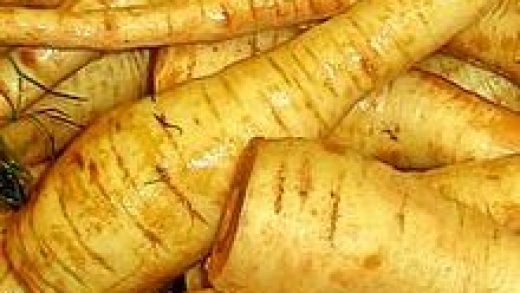Chard, also called Swiss Chard, is in the same family as the common garden beet, or beetroot, the kind you eat. The leaves and stalks look the same as the beet. The name Swiss comes from a way to distinguish it from French spinach. It’s a leafy green that’s very popular around the Mediterranean.
Chard has shiny green leaves with stems that can range from white to red depending on the variety. Raw, it has a very bitter taste. Cooking reduces that bitterness and leaves a delicate flavor that’s less strong than cooked spinach.
Shopping, preparation and storage. Like spinach, chard should have firm resilient leaves and stalks with no mushy spots. Because the stem is thick and tough, most cooks like to remove them before cooking. Chard is extremely perishable and should be used immediately. Like all greens, chard should be washed thoroughly and well dried before using.
Braising in a flavorful liquid until wilted, just like spinach, is a great way to prepare the chard. In fact, you can prepare it in all the same ways you would spinach or other greens. Just add the leaves to a hot skillet with a little olive oil until they begin to wilt, then add a half cup of chicken broth and cook until leaves are completely wilted and the liquid is reduced to a sauce or glaze.
Sauté. One of the more popular preparations is to sauté the chard in olive oil after first softening garlic and leeks or onions. Heat a pan over medium heat, add in olive oil, and then the minced garlic and chopped leeks, onions or scallions. Once softened, add a splash of white wine and your chard. Cook until the leaves are well wilted and the flavors have melded.



